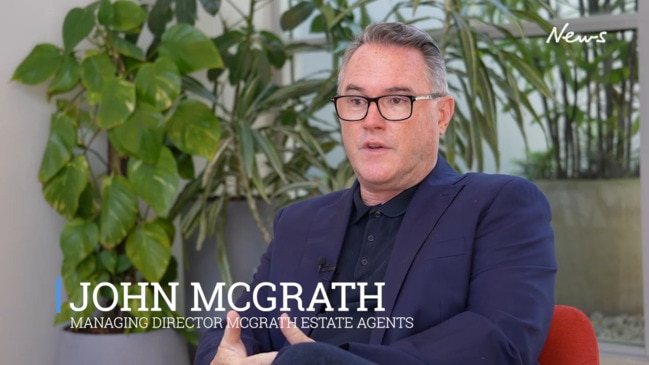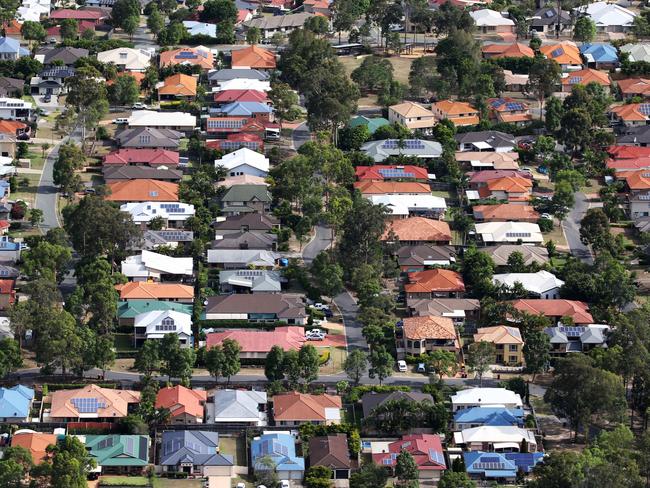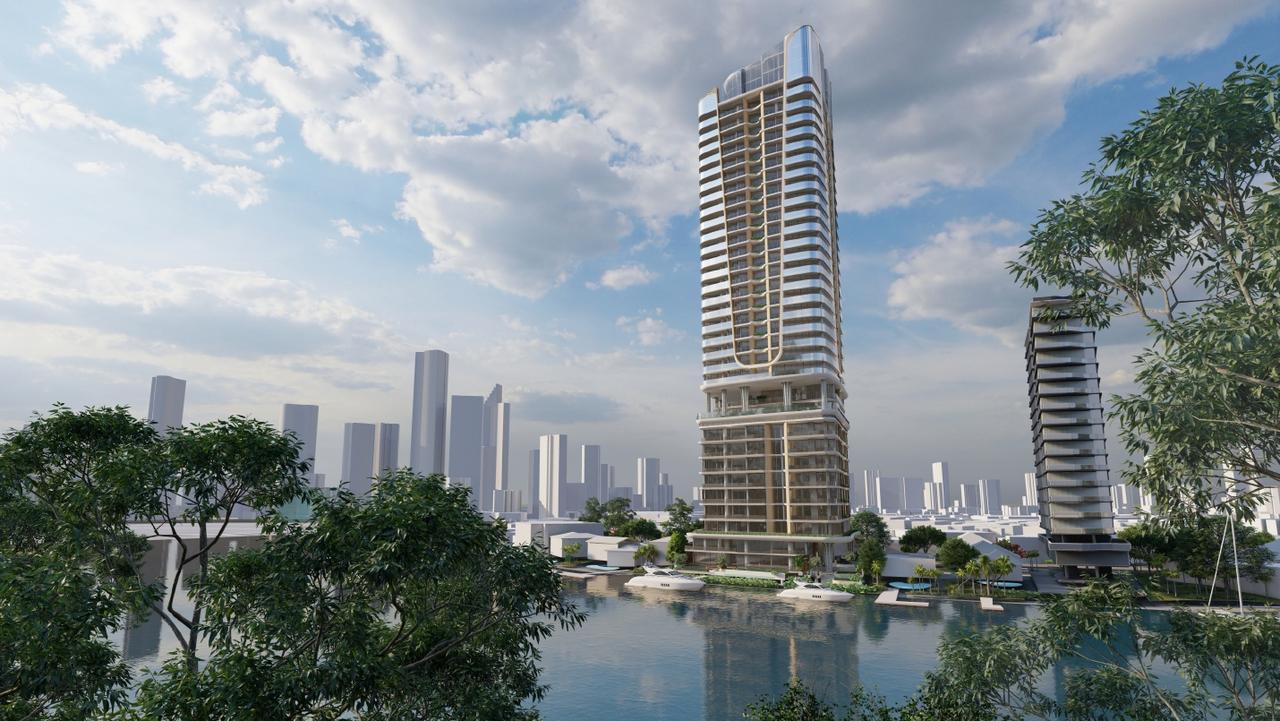Where record immigration is hitting home prices hardest
Record immigration continues to put upward pressure on home prices in most markets but the overall effect if dramatically different from city to city and state to state.

Property
Don't miss out on the headlines from Property. Followed categories will be added to My News.
Home values are still rising across Australia, with the national median price up 8.8 per cent over the past 12 months and the hottest markets currently being Western Australia and Queensland. However, we are seeing differences in the rates of price growth between states and territories.
In the strongest markets, property values are up 19.8 per cent in Perth and 12.2 per cent in regional Western Australia over the year, according to the latest CoreLogic figures. Up north, Brisbane home values have risen 15.9 per cent and regional Queensland prices have lifted 10.5 per cent.
Let’s compare this to other markets on the East Coast.
Sydney home values are up 9.6 per cent over the year, which is still strong by historical standards, while regional NSW has lifted about 4 per cent and Canberra home values are up 1.9 per cent.

Down south, home prices have risen 3.2 per cent in Melbourne and moved -0.7 per cent lower in regional Victoria. On the island state, home values are up 0.3 per cent in Hobart and 0.4 per cent in regional Tasmania.
So, why are Western Australia and Queensland by far the strongest markets?
One factor is affordability.
You can buy a typical family home for $735,000 in Perth or $910,000 in Brisbane, which is substantially cheaper than Sydney’s $1.415 million house price median.
Another factor is migration — and not just overseas migration, either.
Right now plenty of Australians are relocating to Western Australia and Queensland.
In fact, these two states recorded the highest and second-highest rates of internal migration over the year to September 2023, according to the latest available data from the Australian Bureau of Statistics.
Of course, housing affordability has been a key reason for this internal migration, along with new jobs. Over the year, Queensland gained a net 32,625 residents and Western Australia gained 11,233.

Both states also attracted strong overseas migration – not as much as Sydney and Melbourne – but quite a lot with 87,954 net new migrants settling in Queensland and 67,629 in Western Australia.
Meantime, NSW gained 186,433 net overseas migrants but lost 33,202 people to internal migration. Victoria gained 161,758 overseas migrants and lost 1,119 people to internal migration.
MELBOURNE FALLING BEHIND IN HOME PRICE GROWTH
Migration patterns in recent years have changed due to the impact of the pandemic.
In the middle of Covid, we saw a spike in net internal migration numbers in 2021 after many thousands of people moved from the cities to regional areas.
This trend remains above the pre-pandemic average because more people are working from home permanently, which means they are free to live wherever they like and are choosing cheaper areas.
Meantime, we saw a record level of net overseas migration in 2023, with 518,000 people settling in Australia. The bulk of them were students and temporary workers. The Federal Government now plans to halve the international migrant intake by tightening up student visa programs.
Since the pandemic, home values in every East Coast city and regional market have grown strongly, except in Melbourne. Here is the scoreboard.

EAST COAST PRICE GROWTH MARCH 2020-2024
•Sydney up 25.4 per cent or $231,000
•Regional NSW up 46.9 per cent or $232,000
•Melbourne up 11 per cent or $77,000
•Regional Victoria up 33.6 per cent or $143,000
•Brisbane up 55.2 per cent or $291,000
•Regional Queensland up 56.2 per cent or $225,000
•Hobart up 28.3 per cent or $143,000
•Regional Tasmania up 44.6 per cent or $158,000
•Canberra up 31.2 per cent or $200,000
It is now cheaper to buy a home in Melbourne than it is in Brisbane, so it’s an exceptional time to buy in the southern capital for long-term growth before it becomes Australia’s most populous city.
According to the Federal Government’s 2023 Population Statement, Melbourne is expected to become the fastest-growing capital city in Australia this financial year, and is projected to overtake Sydney as Australia’s largest city, with a population of 6.2 million, by FY32.
Meantime, Western Australia and Queensland will likely continue to attract a high number of internal and overseas migrants because they both have strong labour markets and good housing affordability.
CommBank’s latest State of the States economics report also shows both states have the strongest economic momentum, the fastest wages growth and the highest increase in new home loans today.
Strong economic growth typically feeds into rising home values, and this is another reason why Western Australia and Queensland are delivering the best price growth at the moment.
* John McGrath is the founder, Managing Director and Chief Executive Officer of McGrath Estate Agents
More Coverage
Originally published as Where record immigration is hitting home prices hardest




